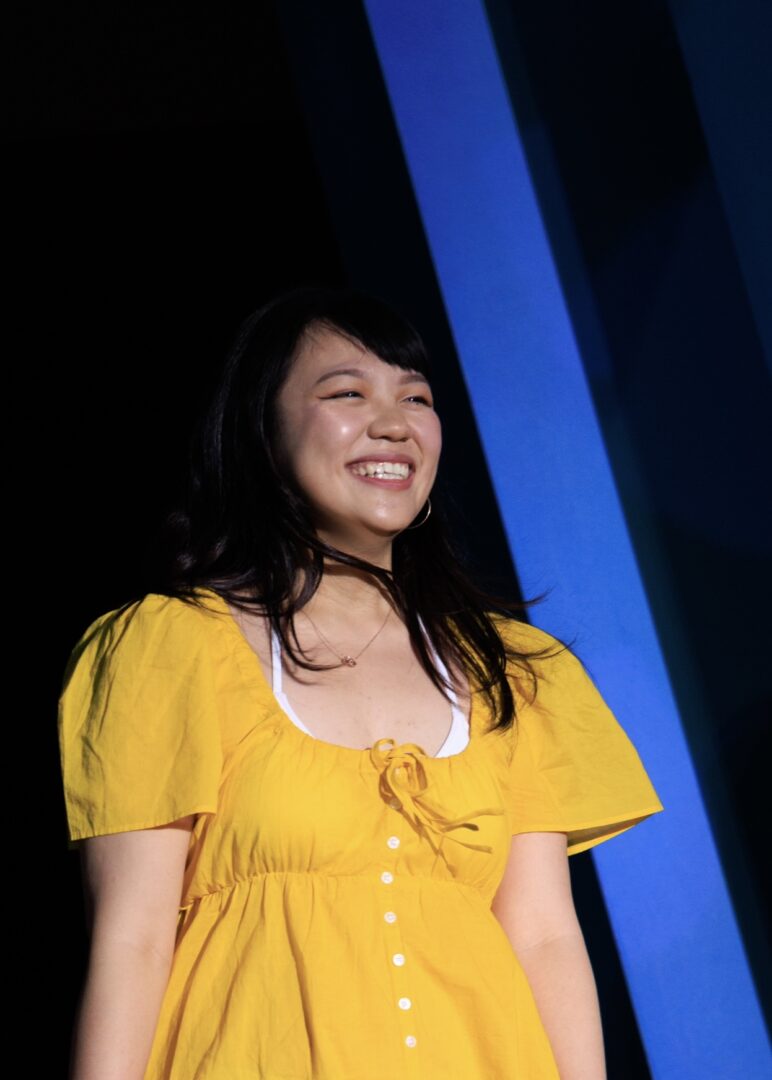We recently connected with Joan Hui Ko and have shared our conversation below.
Joan Hui, appreciate you making time for us and sharing your wisdom with the community. So many of us go through similar pain points throughout our journeys and so hearing about how others overcame obstacles can be helpful. One of those struggles is keeping creativity alive despite all the stresses, challenges and problems we might be dealing with. How do you keep your creativity alive?
I keep my creativity thriving by staying open to inspiration from various sources. One of the most rewarding ways I do this is by engaging with students, as their fresh perspectives and enthusiasm often reignites my own passion for creating. Additionally, surrounding myself with artists who work in different mediums exposes me to new ideas and techniques, typically sparking innovative collaborations that push my artistic boundaries. Participating in creative drawing exercises and learning challenging new skills, such as 3D modeling, has helped maintain my creative momentum by providing opportunities for growth and experimentation.
Another key aspect of nurturing my creativity is actively seeking out stimulating experiences and environments. Regularly visiting museums and exhibitions has allowed me to immerse myself in the work of other artists, drawing inspiration from their unique styles and approaches. Changing my physical environment, whether by traveling to new locations or simply exploring different parts of my city, has provided fresh visual stimuli and helped me break out of creative ruts. Finally, cultivating a sense of mindfulness and paying attention to the small details and beauty in my daily life and routines has helped me find inspiration in unexpected places, ensuring my creativity remains a constant and vibrant presence in my artistic journey.
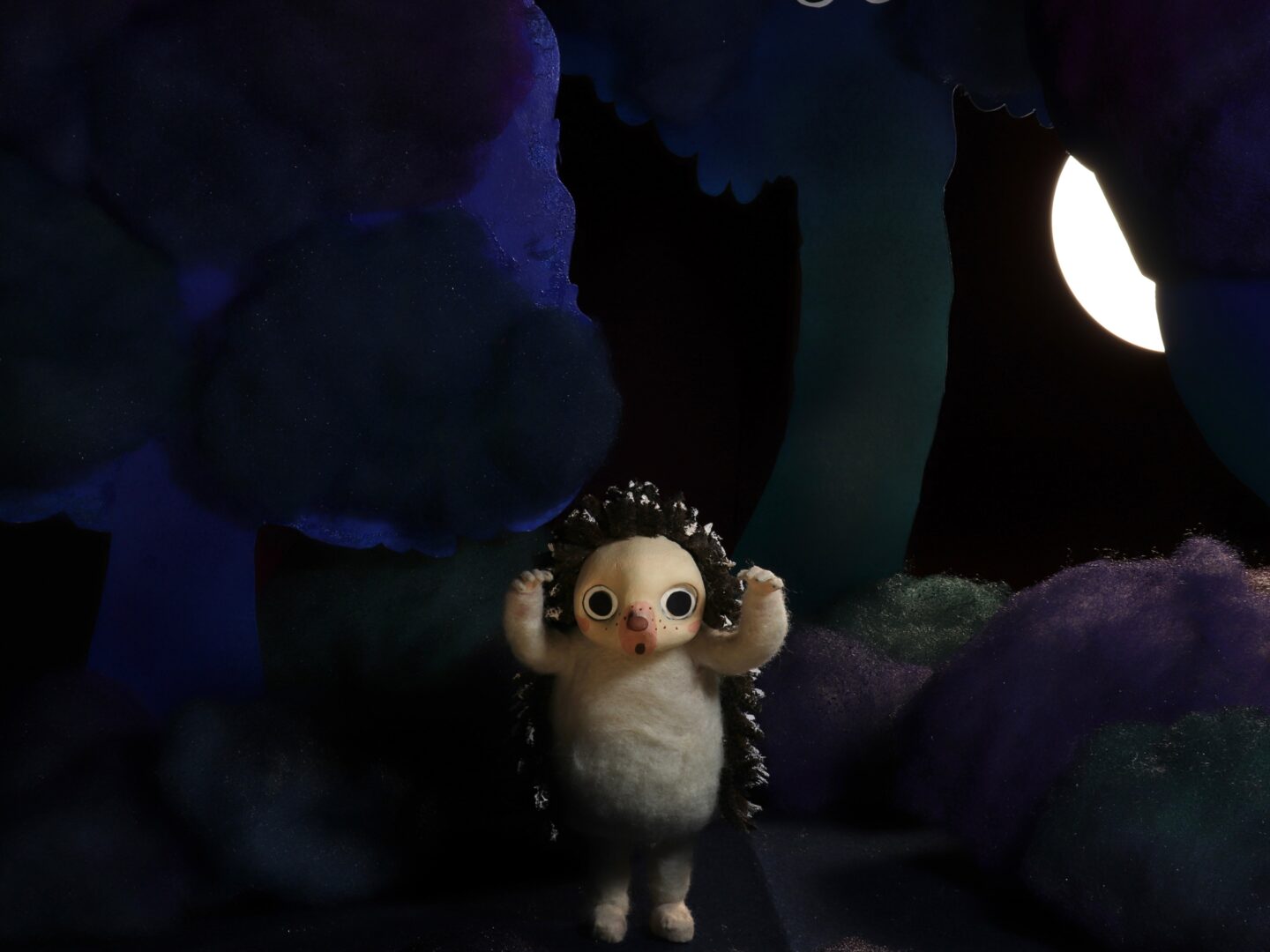
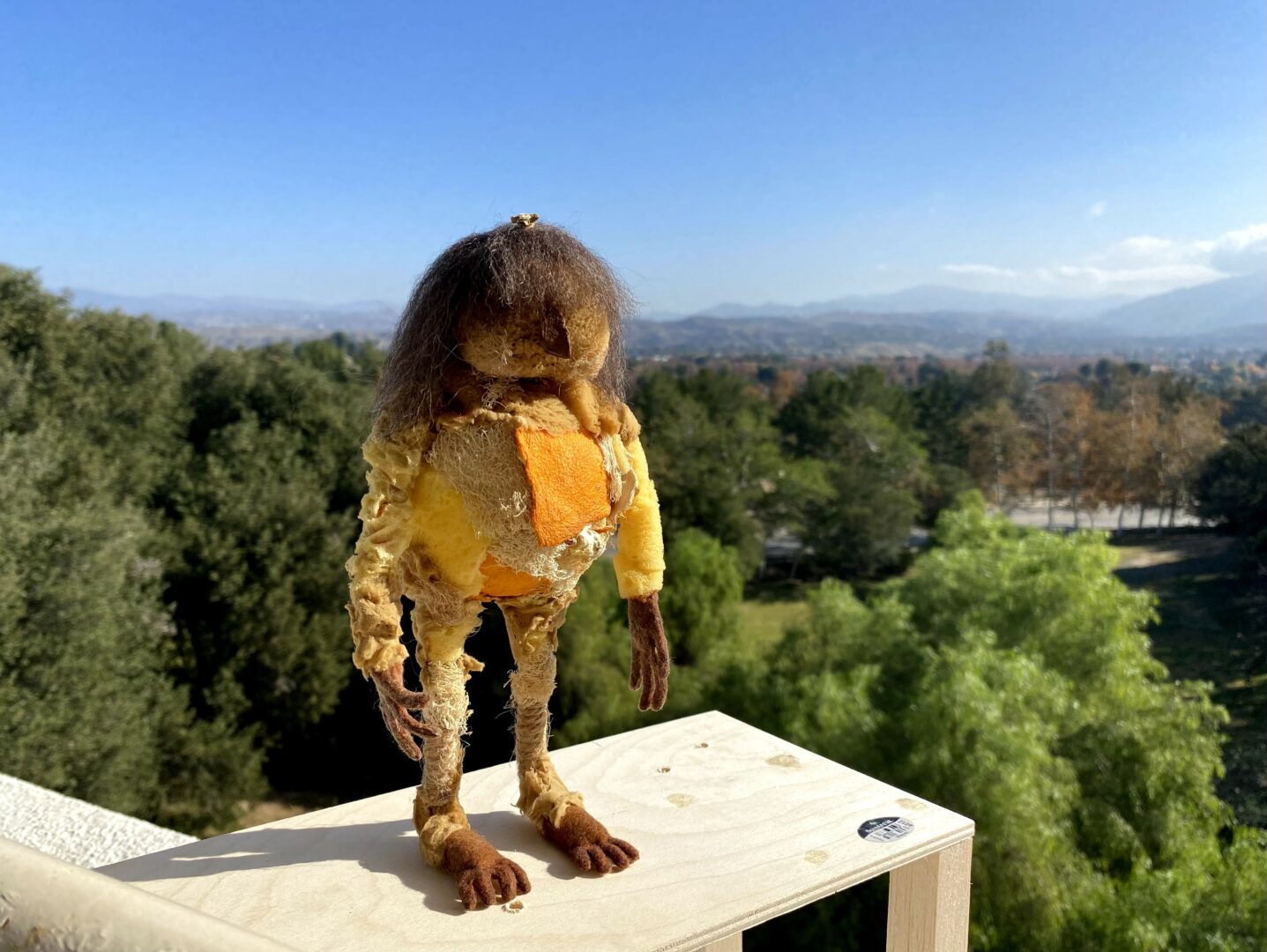
Appreciate the insights and wisdom. Before we dig deeper and ask you about the skills that matter and more, maybe you can tell our readers about yourself?
I am a teaching artist who focuses on various forms of animation, including stop motion, traditional 2D hand-drawn animation, and 3D modeling. I am passionate about discovering new ways to tell stories, and I find stop motion particularly captivating. While the primary aim of creating stop-motion puppets and sets is to animate them for narrative shorts, I often find more enjoyment in experimenting with a wide range of materials, both synthetic and natural.
In my personal art practice, I emphasize the materials I choose for my stop-motion work because their unique properties add depth and meaning to the stories I tell. I frequently use wool, felt, and soft fabrics, as these materials help create a dreamy, nostalgic atmosphere—perfect for representing treasured memories from the past, which is one of the themes I focus on in my practice. Experimentation with different materials is central to my creative process. By combining diverse objects and techniques, I often uncover unexpected results that open new creative pathways and keep my work dynamic and innovative. As I continue to grow in my art career, I am constantly exploring how to enhance the sense of touch and use it as a powerful storytelling tool in stop motion. My aim is to bring forward stories that have been overlooked, enriching them through tactile experiences.
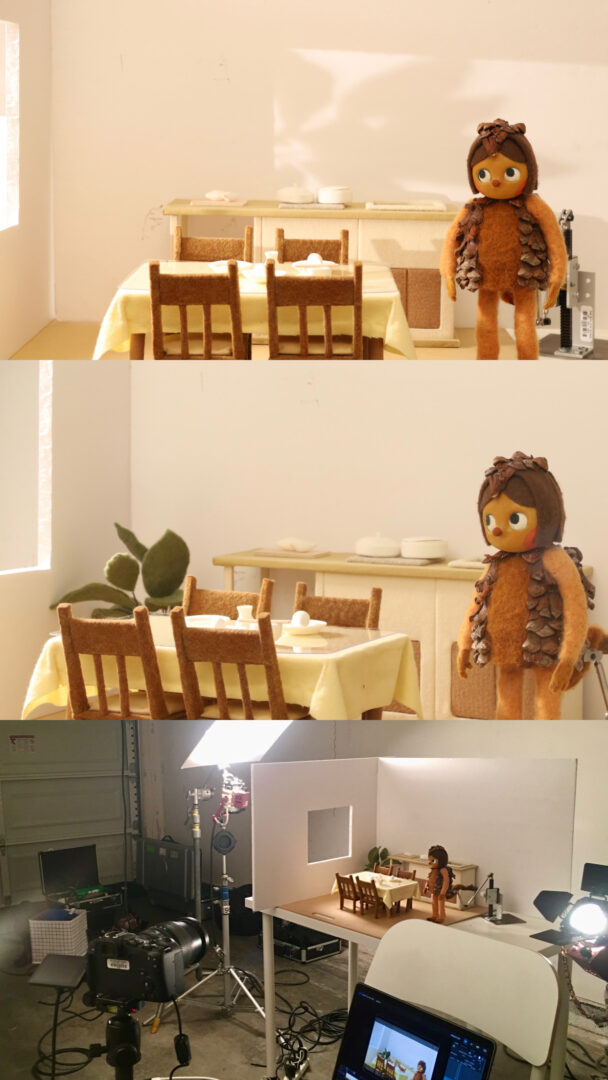
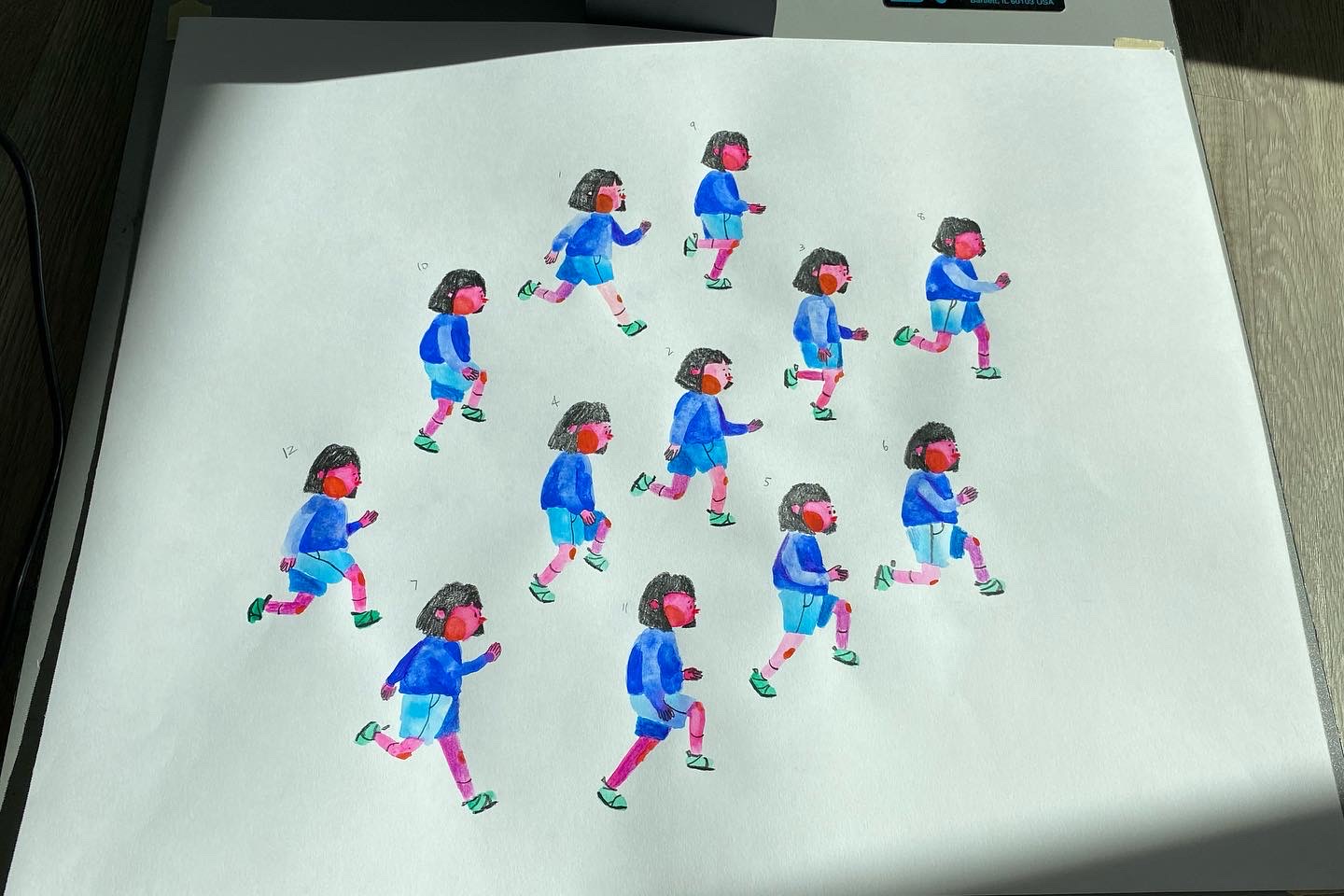
Looking back, what do you think were the three qualities, skills, or areas of knowledge that were most impactful in your journey? What advice do you have for folks who are early in their journey in terms of how they can best develop or improve on these?
Reflecting on my journey, the three qualities I believe that had the greatest impact were patience, resilience, and commitment. Cultivating patience allowed me to stay focused even when progress felt slow or setbacks arose. For example, my own film required extensive preparation: brainstorming, exploring ideas (some of which proved futile), and meticulous planning. After a year of dedicated effort, I was able to create a three-minute short film. This achievement would have been impossible without patience, especially considering the numerous tedious tasks involved, such as crafting 10 puppets and creating intricate props that only appeared in a single short. This helped me trust the process and maintain a long-term perspective.
Resilience enabled me to recover from mistakes, failures, and unexpected challenges, viewing them as opportunities for growth rather than reasons to quit. One particularly challenging situation I faced was when I accidentally broke a puppet I was animating. I was frustrated with myself and began to doubt my ability to construct a sturdy puppet. However, I soon realized that such setbacks are a normal part of the process; I had simply overlooked a crucial step during the building phase. I needed to carefully repair the puppet and learn from my mistake, acknowledging that these experiences are inevitable. Importantly, I did not allow this incident to overshadow the bigger picture or derail my progress.
Additionally, a strong sense of commitment kept me dedicated to my goals and values, providing the drive to persist through difficult times and continually strive for improvement. Commitment was crucial because, even though my audience might have been small, they were eagerly anticipating the film, and it was an opportunity to represent their voice. Recognizing the significance of this responsibility and the impact it could have on others was what mattered most, fueling my determination to see the project through to completion.
For those who are starting their journeys, my advice is to stay open-minded and embrace the learning process. Recognize that mistakes and failures are inevitable and valuable parts of growth, so do not be afraid to take risks and step outside your comfort zone. Trust that your experiences, both positive and negative, are contributing to your development and leading you closer to your goals. Incorporate patience by setting realistic expectations and celebrating small victories along the way. Build resilience by reframing challenges as opportunities and surrounding yourself with supportive people who encourage you to keep going. Lastly, strengthen your commitment by regularly reflecting on your values and aspirations, and let them guide your actions and decisions. Ultimately, remember that growth is a lifelong journey, so be kind to yourself and enjoy the process.
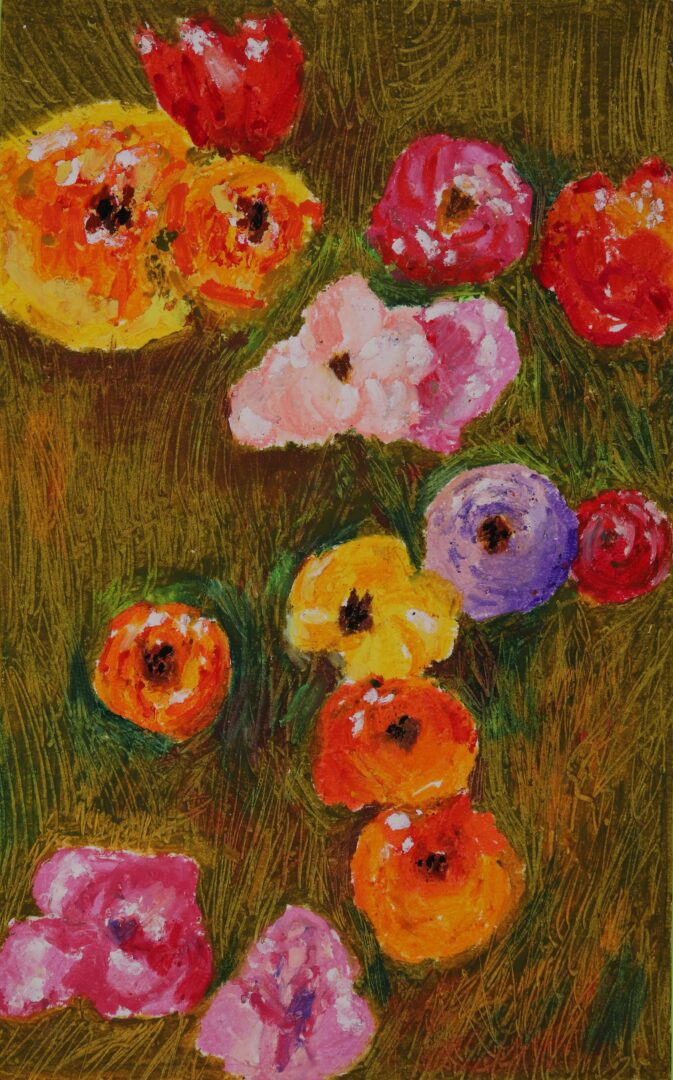
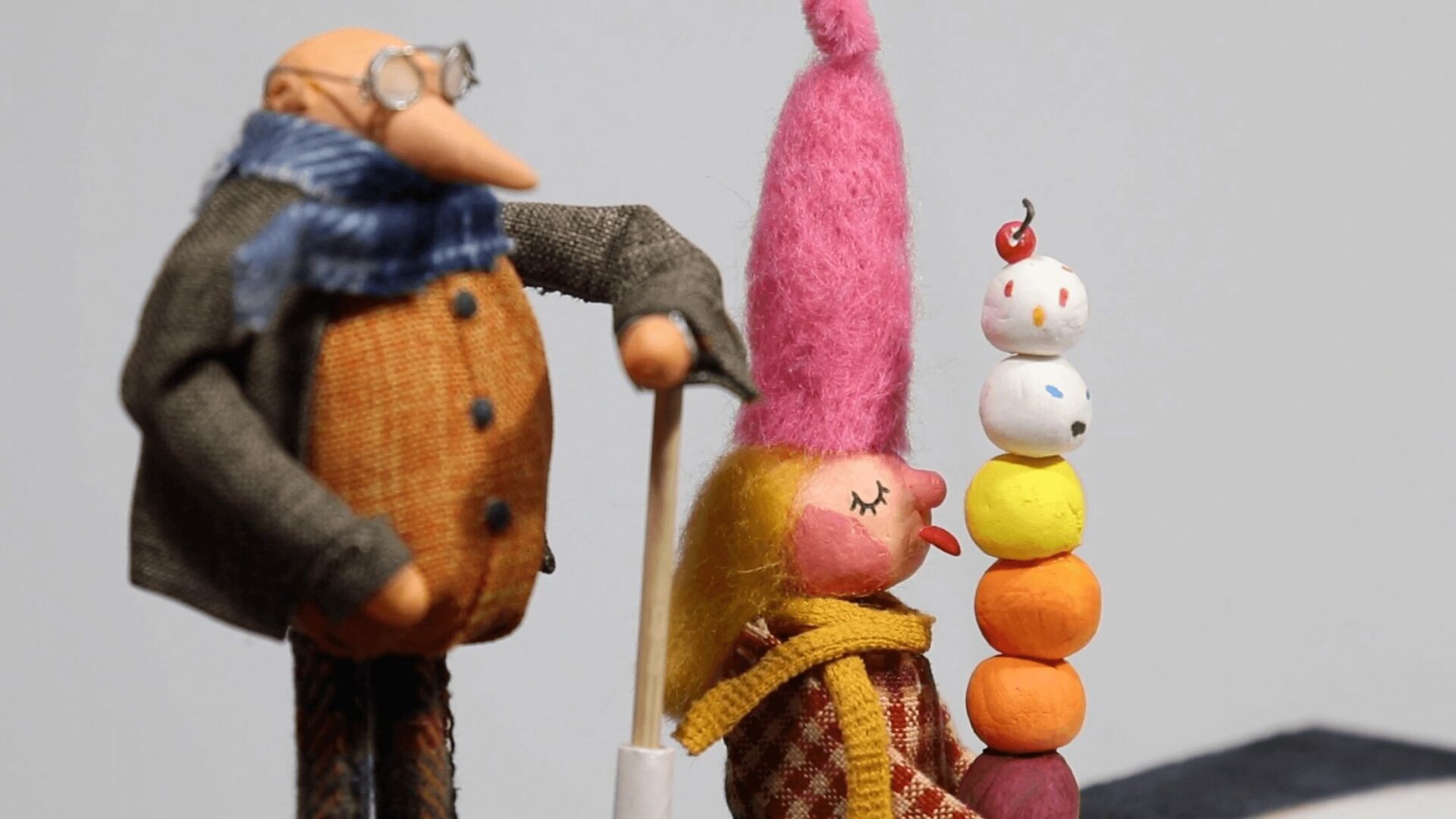
What do you do when you feel overwhelmed? Any advice or strategies?
When I am overwhelmed, I feel it is important to reach out for support and guidance. Talking to friends who have faced similar experiences has provided valuable insights and reassurance, helping me feel less alone in my struggles. Additionally, seeking advice from mentors or trusted individuals may offer a fresh perspective and practical strategies for managing my workload and responsibilities. I often remind myself that I do not need to navigate overwhelming situations by myself; I can lean on my support network when needed.
To regain a sense of control, I try breaking tasks into smaller, more manageable steps. This approach can make even the most daunting projects feel achievable, allowing me to focus on one piece at a time without getting lost in the bigger picture. It is also crucial to set boundaries and learn to say no when necessary. Overcommitting can quickly lead to burnout, so I try to be selective about the tasks and responsibilities I take on. I also focus my energy on what is truly important and within my control and let go of the things that are not. Furthermore, I prioritize self-care by taking regular breaks to recharge and refocus. Whether it is a short walk, a quick meditation session, or simply stepping away from my work for a few minutes, these moments of respite helps me maintain clarity and perspective when feeling overwhelmed.
Contact Info:
- Website: https://www.joanhuiko.com
- Instagram: https://www.instagram.com/joanhuiko/
- Linkedin: https://www.linkedin.com/in/joan-hui-ko-843058163/
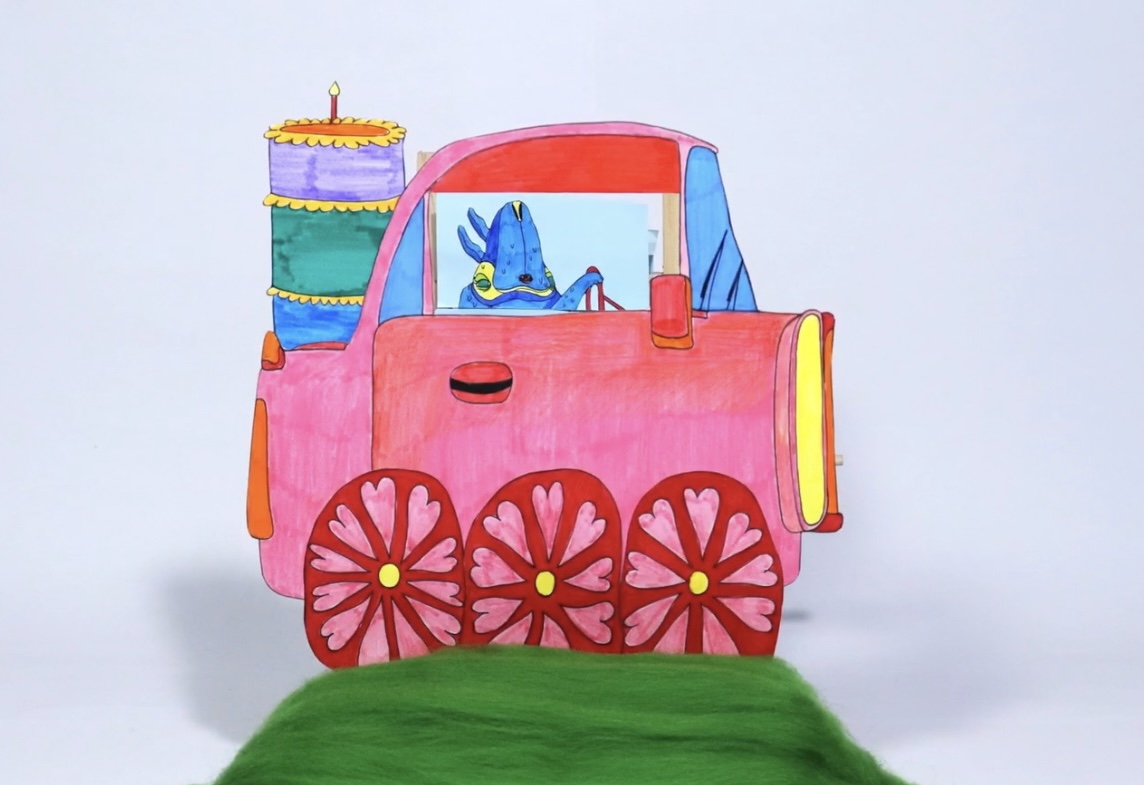
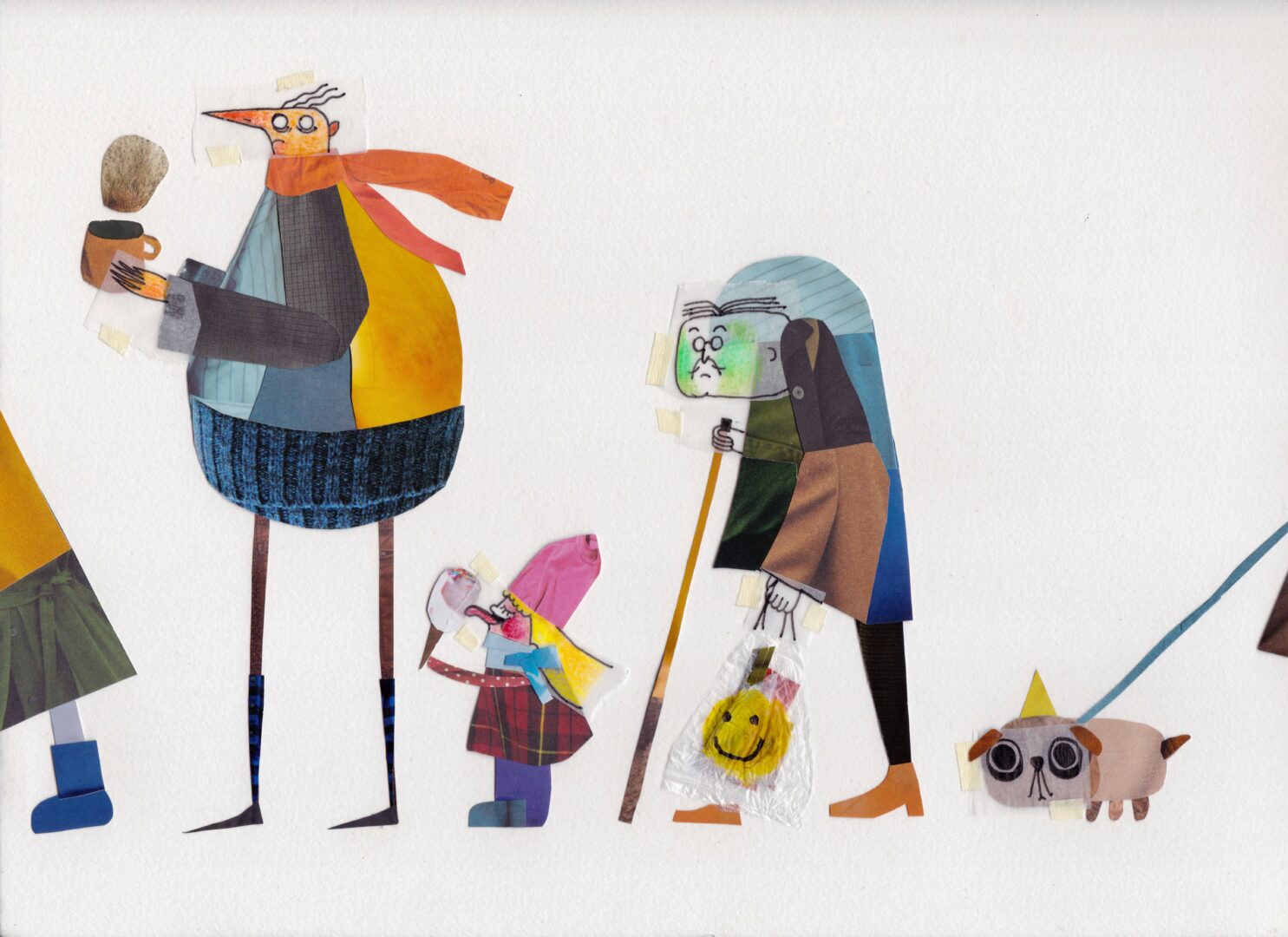
so if you or someone you know deserves recognition please let us know here.

